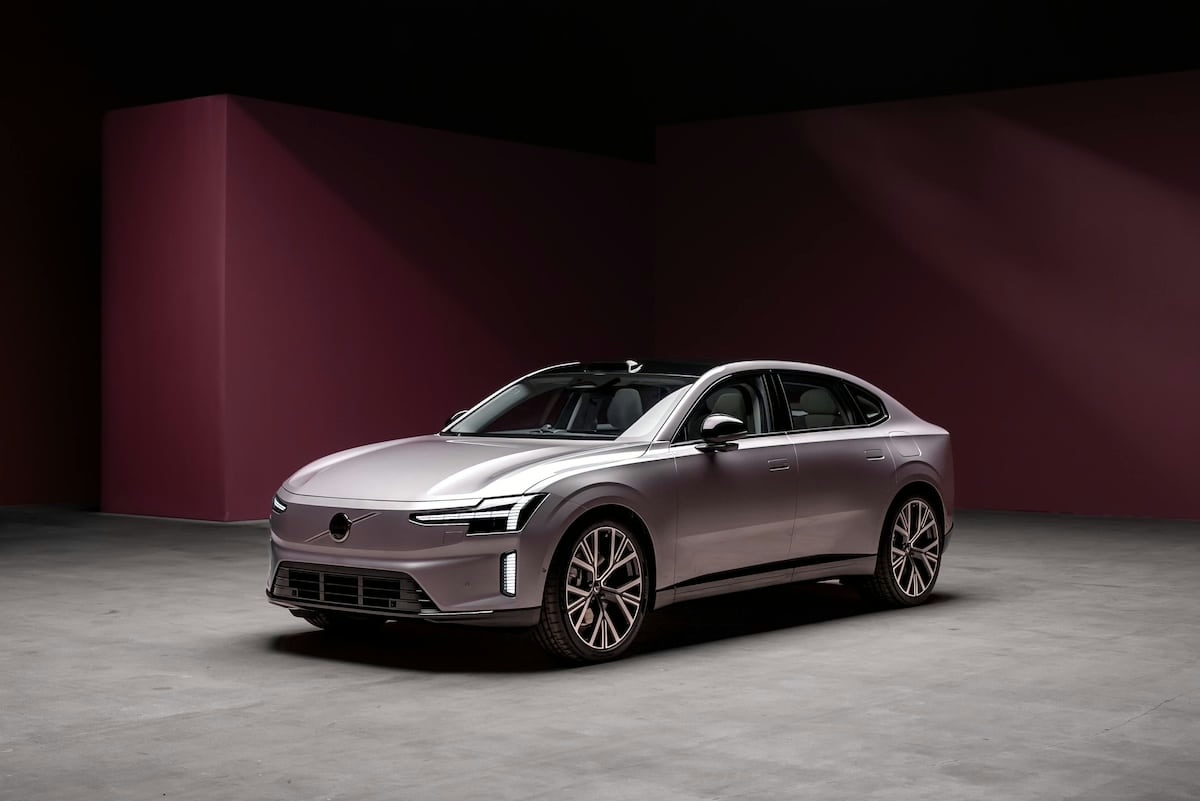Think twice before photographing a car equipped with LiDAR!

The LiDAR, a sensor that sends laser pulses to measure distance and create a 3D map of the environment, is very dangerous.
At first glance, the LiDAR sensors seen on some autonomous or semi-autonomous cars appear harmless. After all, they do not emit sounds or visible lights, and they do not generate heat. However, several photographers have had unpleasant surprises after taking pictures of these vehicles: damaged sensors, burnt pixels, and even broken cameras.
So, should we be worried? And above all, should we avoid photographing vehicles equipped with LiDAR?
LiDAR – which stands for Light Detection and Ranging – is a technology that works by sending light pulses, often infrared lasers, to map the environment in 3D. Widely used in autonomous cars, it allows the vehicle to “see” what is around it by measuring how long it takes for the light to return after hitting an obstacle.

You might be interestedin this article:
Can they cause blindness?
No… well, maybe. The good news is that these laser beams are of very low power. They are classified as “Class 1,” meaning they are safe for the eyes and skin, even with prolonged exposure. In simple terms, a person walking in front of a LiDAR-equipped car has absolutely nothing to fear for their health, provided they do not prolong the examination of the LiDAR while it is active.
However, what is “relatively” harmless to the human eye is not so for electronic sensors. Cameras, whether DSLRs, mirrorless, or smartphones, use image sensors that are very sensitive to light, especially infrared. When a laser beam, even of low power, is directed straight at the camera’s lens, it can focus on a tiny spot of the sensor and cause localized overheating.
The result: some pixels may be permanently damaged, causing spots or white lines in future photos or videos. This phenomenon is critical in two cases: when filming a LiDAR-equipped car with a fixed lens, and when zooming significantly towards the LiDAR sensor. In these situations, the laser beam may strike the same spot on the sensor multiple times over an extended period, increasing the risk of damage.

How to protect your cameras?
To photograph such vehicles, it is advisable to take precautions. First, avoid filming or photographing directly in front of the LiDAR, especially when it is operating (which is often the case whenever the vehicle is moving or activated).
Next, prefer angled shots that disperse the beam instead of focusing it. Lastly, do not leave a camera filming an active LiDAR in a fixed position for an extended time, especially with a significant focus or zoom on the sensor.
Otherwise, you will need to purchase new equipment, and no insurance or warranty will come to your aid.
ALSO READ: Here is the irrefutable proof that Tesla is very, very afraid of Lucid
This page is translated from the original post "Pensez à ne jamais photographier une voiture dotée d’un LiDAR !" in French.
We also suggestthese articles:
Also read





